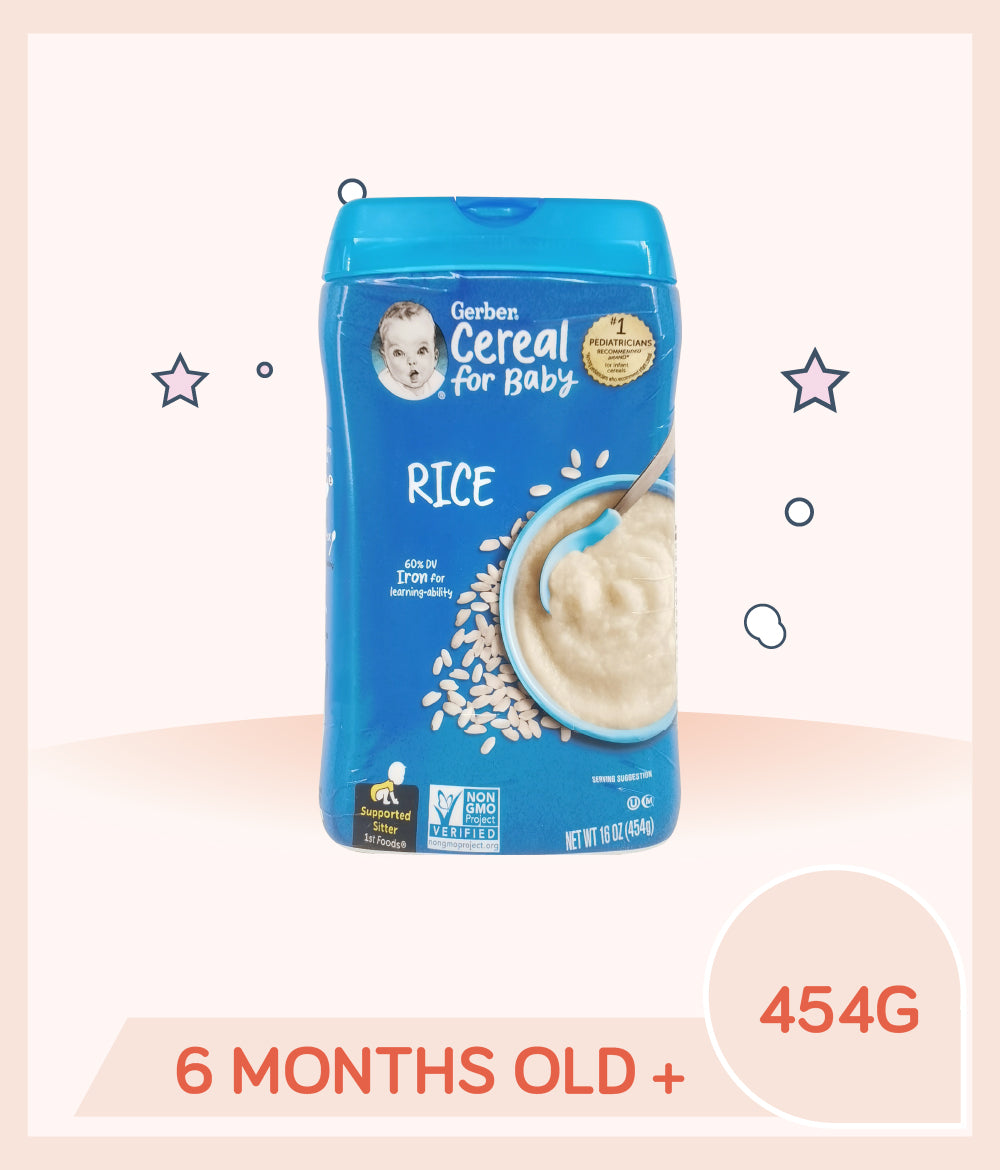Lactose Intolerance vs Milk Allergy – What’s the Difference?
For many people, drinking a glass of milk is a daily habit. But for others, that same glass can lead to unpleasant or even dangerous symptoms. Two of the most common conditions behind milk-related problems are lactose intolerance and milk allergy. While people might think it's the same, these conditions are very different in cause, symptoms, and treatment.
Being able to understand and tell the difference between lactose intolerance and milk allergy is important, especially for parents, caregivers, and anyone experiencing digestive or allergic reactions to dairy. This guide will break down the causes, signs, and best management options for each.
What is Lactose Intolerance?
Lactose intolerance is a digestive disorder caused by the body’s inability to fully break down lactose — the natural sugar found in milk and dairy products. Normally, the small intestine produces an enzyme called lactase to help digest lactose. In people with lactase enzyme deficiency, lactose passes undigested into the colon, where bacteria ferment it, leading to symptoms like:
- Bloating
- Gas
- Abdominal cramps
- Diarrhea
It’s worth noting that lactose intolerance is not life-threatening, but it can cause significant discomfort.
What is Milk Allergy?
Milk allergy, on the other hand, is an immune system reaction to proteins found in cow’s milk (such as casein and whey). The immune system mistakenly identifies these proteins as harmful and releases chemicals like histamine to “attack” them. This can trigger symptoms such as:
- Hives or skin rash
- Swelling of the lips, tongue, or throat
- Wheezing or breathing difficulty
- Vomiting or diarrhea
In severe cases, milk allergy can lead to anaphylaxis, a life-threatening reaction that requires immediate medical attention.

Lactose Intolerance vs Milk Allergy – The Key Differences
The lactose intolerance vs milk allergy debate boils down to one main factor: cause.
- Lactose intolerance is a digestive problem (lack of lactase enzyme).
- Milk allergy is an immune system problem (reaction to milk proteins).
Other differences include:
|
Feature |
Lactose Intolerance |
Milk Allergy |
|
Cause |
Enzyme deficiency (lactase) |
Immune reaction to milk protein |
|
Onset |
Usually in adolescence/adulthood |
Often in infancy |
|
Severity |
Discomfort, not life-threatening |
Can be life-threatening |
|
Symptoms |
Mainly digestive |
Digestive + skin + respiratory |
|
Treatment |
Avoid lactose or use lactase enzyme |
Avoid all dairy and dairy-derived products |
This is why symptoms of milk allergy vs lactose intolerance can be very different, even if both involve dairy.
The Symptoms In Infants and Children
It’s especially important to know the milk allergy vs lactose intolerance in infants distinction. Babies with cow’s milk protein allergy often show signs like rashes, swelling, and respiratory distress soon after feeding. In contrast, lactose intolerance in infants is rare, but when it occurs, it usually causes diarrhea and bloating rather than allergic symptoms.
If you’re unsure, tracking baby symptoms and consulting a pediatrician is crucial. Some parents specifically search for cow's milk protein allergy vs lactose intolerance baby symptoms because they can look similar — but the management is very different.
When to See a Doctor
You should seek medical advice if you or your child:
- Experience swelling, difficulty breathing, or severe hives after consuming dairy
- Have persistent diarrhea, bloating, or stomach pain after dairy consumption
- Notice your baby developing rashes, wheezing, or blood in the stool after feeding
Early diagnosis can prevent complications and help you manage the diet effectively.

Best Milk Substitutes
If you need to avoid dairy, your options depend on whether you have lactose intolerance or a milk allergy.
- For lactose intolerance: Lactose-free milk, almond milk, oat milk, soy milk, and lactose-free cheeses. You can also use lactase supplements to digest lactose-containing foods.
- For milk allergy: Avoid all dairy and dairy-derived products entirely and choose plant-based alternatives that are certified dairy-free.
Choosing the best milk substitutes for milk allergy vs lactose intolerance ensures you avoid symptoms while still meeting your nutritional needs. Read this guide on the Foods to Avoid for Lactose Intolerance & Milk Allergy.
Knowing the difference between lactose intolerance and milk allergy can prevent unnecessary worry — and in the case of milk allergy, it can save lives.
If you or your child experience symptoms after consuming dairy, take the time to get tested. Whether it’s lactose intolerance vs milk allergy, the right diagnosis means the right diet, safer meals, and a much better quality of life.
Key Takeaways:
- Lactose intolerance = digestive issue, no immune reaction.
- Milk allergy = immune system reaction, potentially dangerous.
- Symptoms of milk allergy vs lactose intolerance vary greatly.
- Always consult a healthcare provider for testing and dietary advice.
References
FARE - Milk Allergy Vs. Lactose Intolerance. Learn about the differences between milk allergy and lactose intolerance. Available at: https://www.foodallergy.org/resources/milk-allergy-vs-lactose-intolerance
Cleveland Clinic - Lactose Intolerance. Available at: https://my.clevelandclinic.org/health/diseases/7317-lactose-intolerance
NIH - Symptoms & Causes of Lactose Intolerance. Available at: https://www.niddk.nih.gov/health-information/digestive-diseases/lactose-intolerance/symptoms-causes#:~:text=What%20is%20the%20difference%20between,lactose%20intolerance%20typically%20appears%20later.&text=Lactose%20intolerance%20can%20cause%20uncomfortable,milk%20can%20be%20life%20threatening.
Healthline - Dairy Allergy vs. Lactose Intolerance: What's the Difference? Available at: https://www.healthline.com/nutrition/dairy-allergy-vs-lactose-intolerance
Allergy & Asthma Network - Milk Allergy: Causes, Symptoms, Diagnosis & Treatment. Available at: https://allergyasthmanetwork.org/food-allergies/milk-allergy/
Lactosolution - Lactose intolerance vs. allergy to milk and dairy products. The differences! Available at: https://www.lactosolution.com/en/blog/pathologies/lactose-intolerance-vs-allergy-to-milk-and-dairy-products-the-differences#:~:text=Lactose%20intolerance%20is%20manageable%20by%20limiting%20the,sense%20that%20allergens%20must%20necessarily%20be%20avoided.
















Leave a Reply